Cannabis brands have continued to come out with innovative new ways to enjoy cannabis without smoking, and cannabis-infused beverages are definitely having a moment. Brewing companies are quickly hopping on this trend, offering up their haziest concoctions yet: cannabis beer.
As more and more brands come out with their own version of cannabis-infused beer (not to be confused with hemp beer), it might seem like a new concept, but like most things cannabis, weed beer actually has a history that dates back several centuries.
History of Cannabis Beer
Most beer enthusiasts should be familiar with hops, the flowers that are derived from the Humulus lupulus plant.
Hops are one of the main ingredients in brews; they’re responsible for keeping beer fresher longer, helping the beverage retain its lovely foam, and adding to the beer’s aroma, flavor, and bitterness – sort of like what terpenes do for the cannabis plant.
Hops’ similarities to cannabis are no coincidence – the plants are actually members of the same genus (Cannabaceae) and have strikingly similar molecular structures. In fact, evidence suggests that millions of years ago, the two plants were actually one in the same.
This theory also suggests that Humulus lupulus and cannabis split apart about 27.8 million years ago, allowing cannabis to emerge as its own botanical species in the Tibetan Plateau. For as long as people have been utilizing cannabis for its medicinal properties, hops have been utilized in similar ways.
The plant was often used in European and Asian cultures to treat restlessness and insomnia, as was cannabis. The two plants also share antibacterial properties, as well as anti-cancer agents that may be beneficial for suffering patients.
How Cannabis Beer is Made
Although Humulus lupulus and cannabis went their separate ways millions of years ago, it’s never too late for a reunion, which is what brewing companies are quickly beginning to realize. There are a few different ways to go about brewing cannabis beer.
One method involves brewing with the crushed stems and roots of the cannabis plant instead of barley, which most beers are brewed with. These types of cannabis beers are actually gluten-free, which is great for anyone adhering to a gluten-free diet who still wants to consume beer.
Alternatively, some brands keep the barley and add in cannabis oils, or THC or CBD oils if you’re looking for a more specific/isolated effect.
Effects of Cannabis Beer
If you’ve ever experienced the effects of a crossfade, cannabis-infused beer might sound a little intimidating, but contrary to what the name implies, cannabis beer is actually nonalcoholic. Instead, the effects you experience are entirely related to the plant, accompanied by the refreshing taste of your favorite craft brew.
How high you can get from sipping on some weed beer depends entirely on what type of brew you’re working with. If your beer was brewed with some potent THC oil, the odds are you’re going to feel the impact a lot stronger than a beer that was brewed 1:1 CBD to THC, or purely with CBD.
Recommended Reading: Answering Your Biggest Questions about Cannabis Wine
Where You Can Find Cannabis Beer
As with most cannabis products, the availability of cannabis beer can be a little murky depending on where you reside.
Uruguay and Canada, the only two countries in the world that have legalized cannabis on a federal level, are both well into the trend. From experimental brews to cannabis beer gardens, cannabis beer culture is beginning to thrive in both countries.
For the U.S., things are obviously a bit more complicated. As it stands, most American cannabis beer brewing is taking place on the West Coast in states like California and Washington, but it’s been met with some controversy in other regions. However, if you reside in a state where adult-use cannabis is legal, you’ll likely be able to find cannabis beer at your local dispensary.
Cannabis Beer Terpenes and Food Pairings
Just as regular beers and wines pair well with different, specific flavors to complement their essence, so does cannabis beer. And when figuring out the perfect meal or snack to pair your danky brew with, it’s always best to consult the terpenes.
Whether your cannabis beer is infused with THC, CBD, or any other combination of the plant’s elements, the different combination of terpenes will allow for a range of flavor, aroma, and overall experience.
After you’ve checked out your brew a bit and figured out which terpenes are most present, you can get to pairing. Here are some of the most popular terpenes found in cannabis, and the best foods to match them with:
- Limonene
Limonene is easily one of the most commonly-found terpenes in cannabis strains. This terpene is responsible for any strain that has a citrusy aroma and flavor to it, like Lemon OG or Purple Punch. Like all terpenes, limonene is also found throughout nature, in fruits like lemons, limes and oranges. If your cannabis beer is heavy on the limonene, try pairing it with something crisp, tangy, or sweet. Some favorites include caesar salad, guacamole and chips, or a nice slice of lemon meringue pie.
- Pinene
Another common terpene is pinene, which is also found in pine trees and other coniferous plants. Pinene has an herbal essence to it, similar to basil or rosemary. When pairing your pinene-heavy cannabis beer with a meal or snack, think herbs: herb-crusted chicken, pasta sprinkled with some fresh parsley, or roasted potatoes.
- Caryophyllene
Caryophyllene is also found in hops, so this flavor isn’t too unfamiliar to beer as it stands. It’s also found in black pepper and cloves and is recognized for its woody, spicy aroma – one of the most prominent terpenes found in the cannabis plant. Strains like Sour Diesel and Girl Scout Cookies are loaded with caryophyllene. Great meals to pair with this terpene include saucy pastas, scrambled eggs, or jerk chicken.
- Linalool
Also found in lavender and geraniums, linalool is a very perfume-like terpene with a powerful floral scent. Strains like Amnesia Haze and LA Confidential contain high levels of linalool, which is recognized for its anti-inflammatory and antidepressant properties. If you’re sipping on a cannabis beer that’s defined by its linalool-like aroma, try pairing it with anything sweet, like some vanilla ice cream, lemon squares, or a delicious slice of chocolate cake.
- Humulene
Sound familiar? You guessed it – humulene, the terpene known for its earthy, woody, and slightly floral aroma, is also commonly found in humulus lupulus plants – a.k.a., hops. In cannabis, humulene is found in strains like Headband or White Widow. Since it’s slightly sweet and slightly earthy, a humulene-dominant beer is best paired with savory sweet desserts like chocolate-covered pretzels, pistachio ice cream, or salted caramel anything.
There are several different ways to enjoy cannabis beer, and so many different flavors and aromas to test out on your palate. However, always make sure you are being safe and responsible when indulging in a weed-infused beverage.
While drinking and driving is never a good idea, you may be tempted to think the rules don’t apply to cannabis beer since it’s nonalcoholic. And although this is true, it’s still never okay to get behind the wheel when you have a mind-altering substance in your system.
When sipping on cannabis beer, always make sure to plan accordingly – arranging an Uber, staying at a friend’s house, or traveling on foot if possible. Once you’ve gotten all of the responsible details out of the way, you can crack open a brew, relax, and enjoy all of the goodness that this sweet reunion of humulus lupulus and cannabis has to offer!
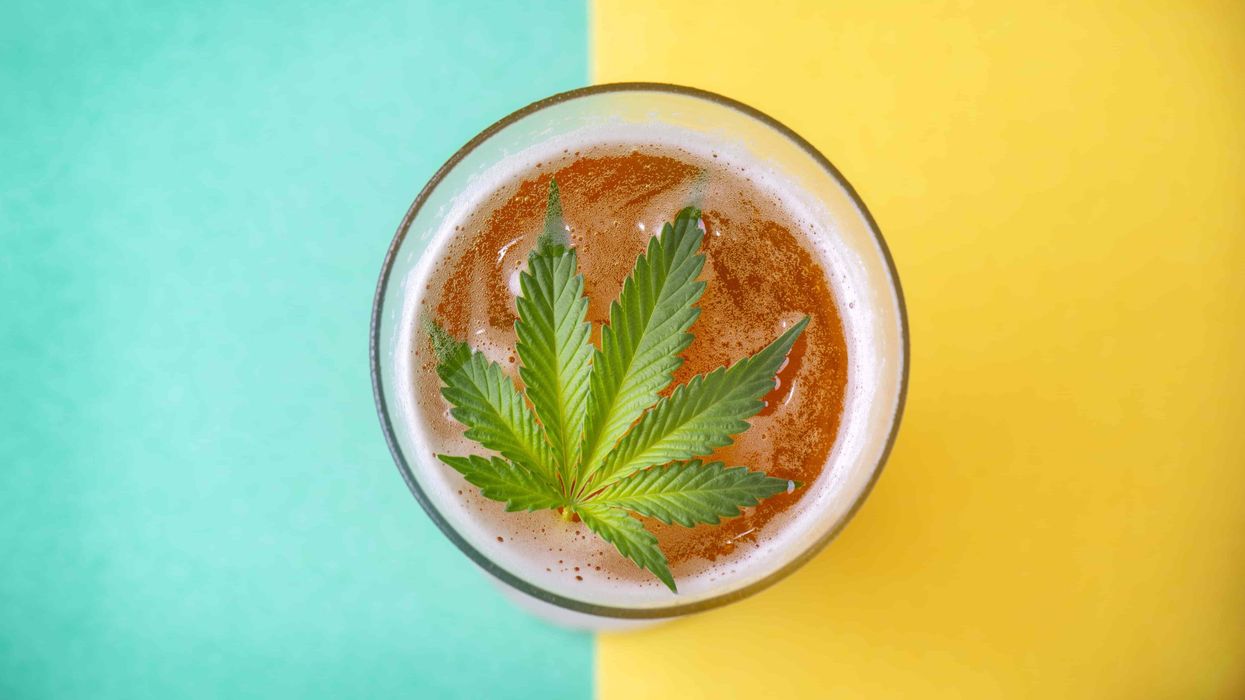




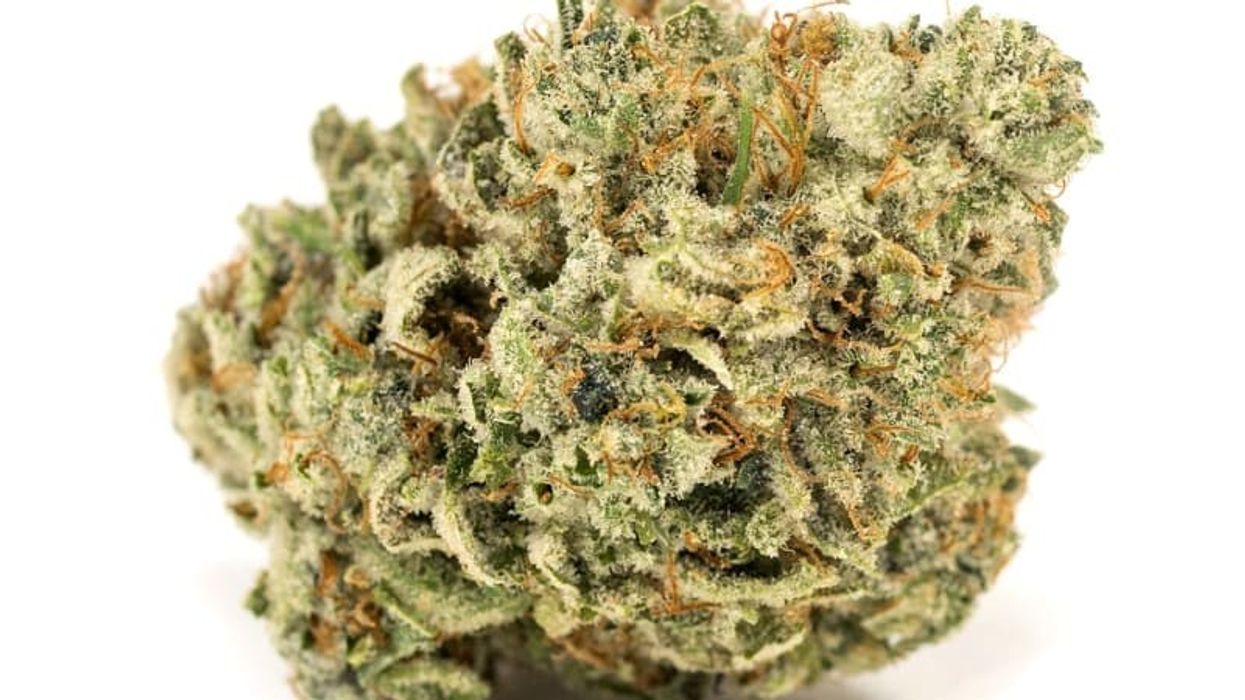

 Cigar smoking in a bar....
Cigar smoking in a bar....  Movie theater as consumption space? Not a bad idea.....
Movie theater as consumption space? Not a bad idea..... 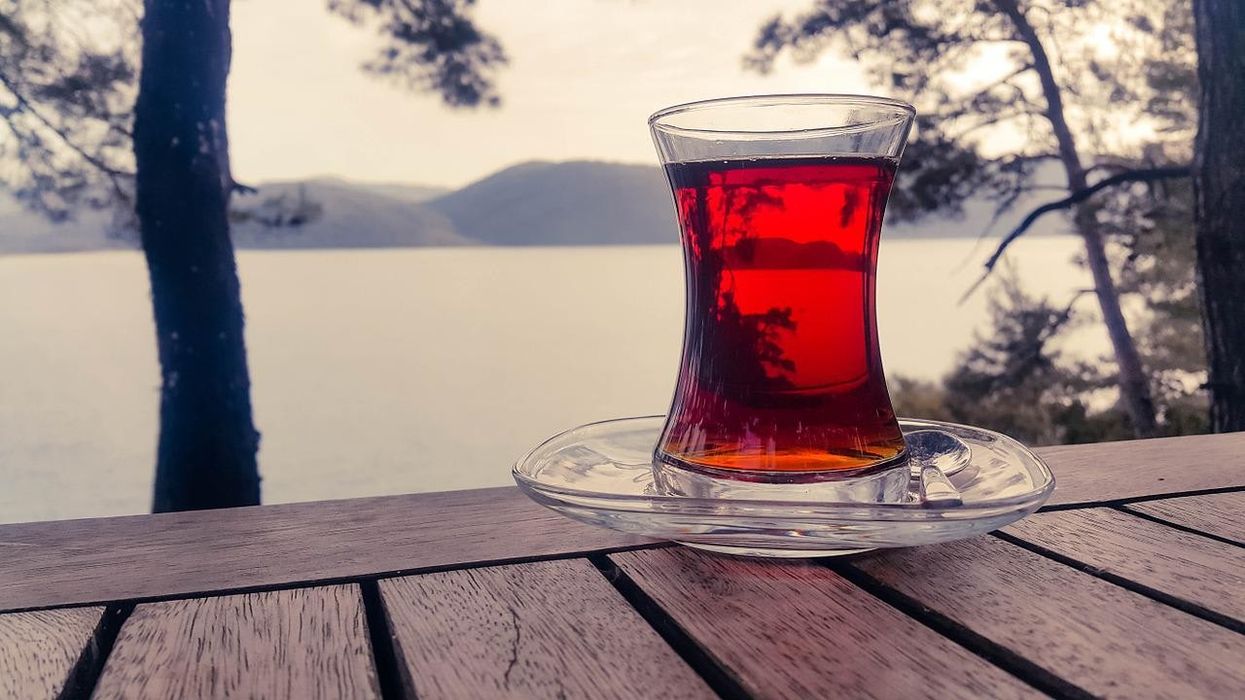
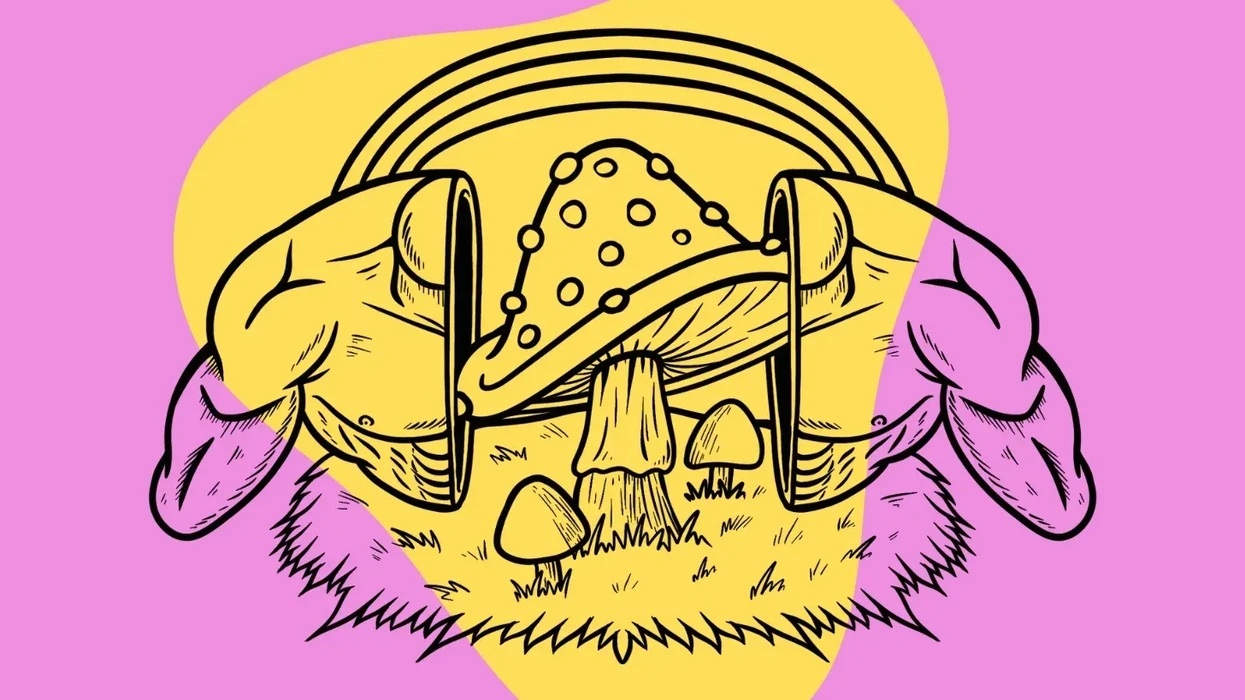
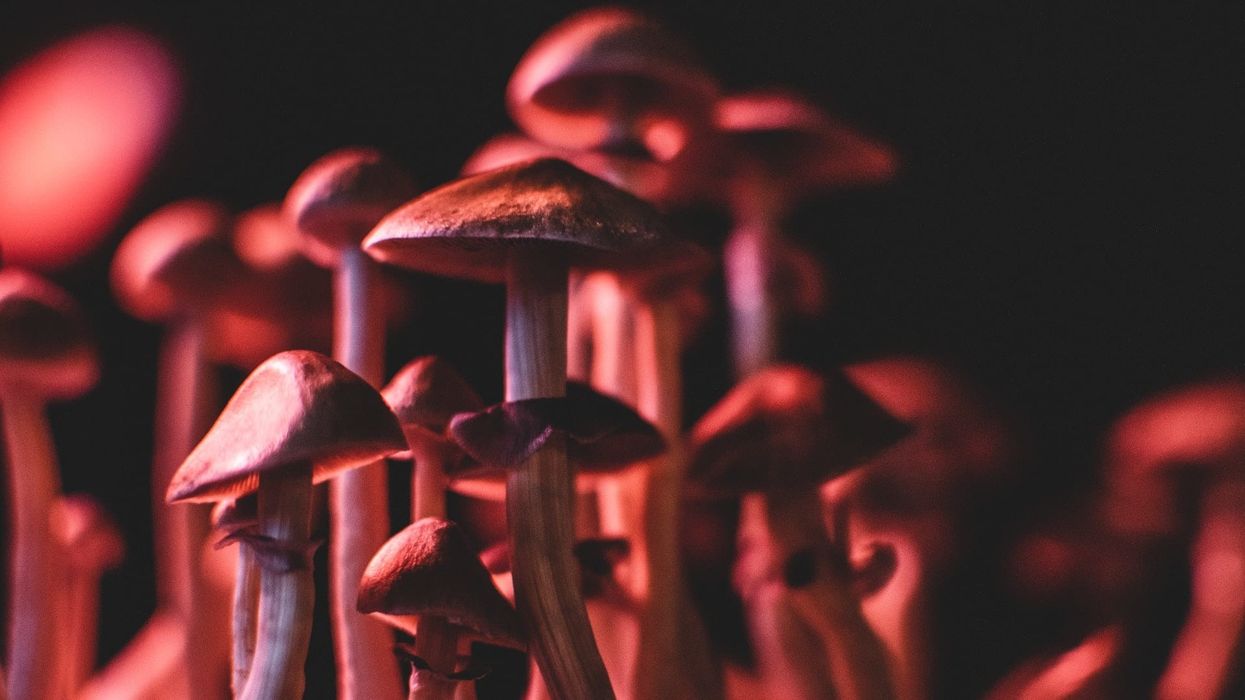
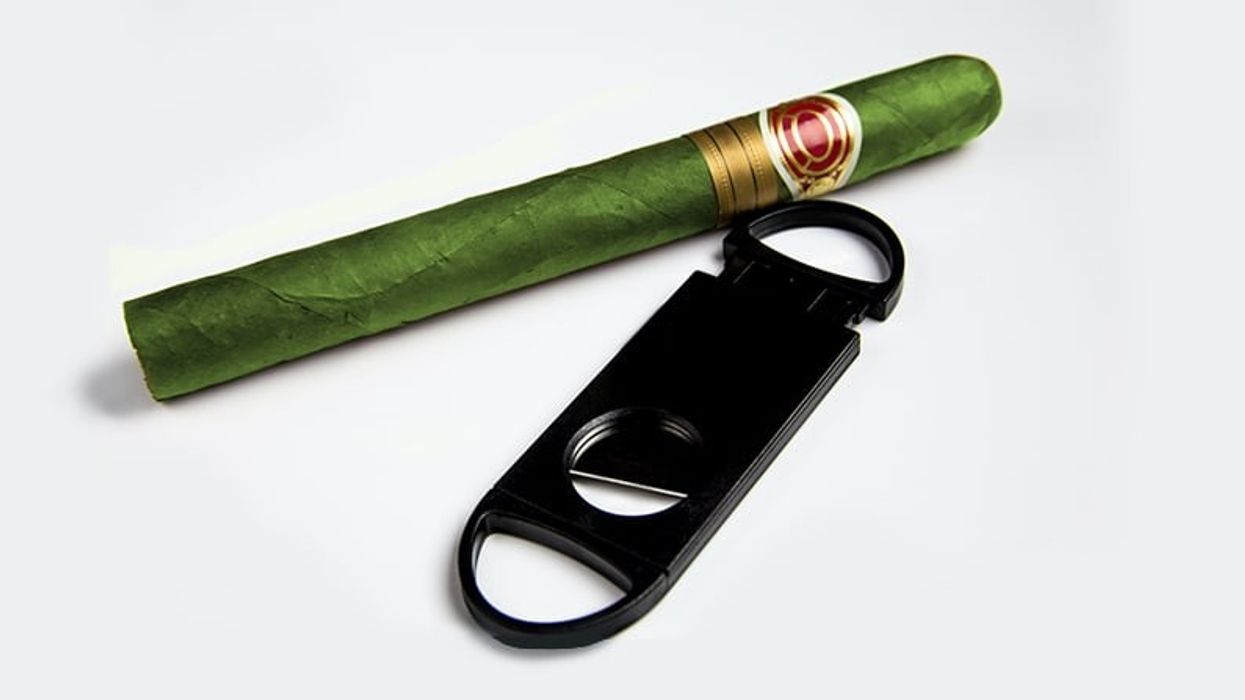


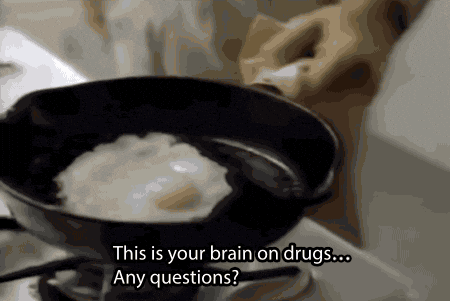
 DEA prohibited from randomly searching passengers at airports and other transport hubs - The Bluntness
commons.wikimedia.org
DEA prohibited from randomly searching passengers at airports and other transport hubs - The Bluntness
commons.wikimedia.org
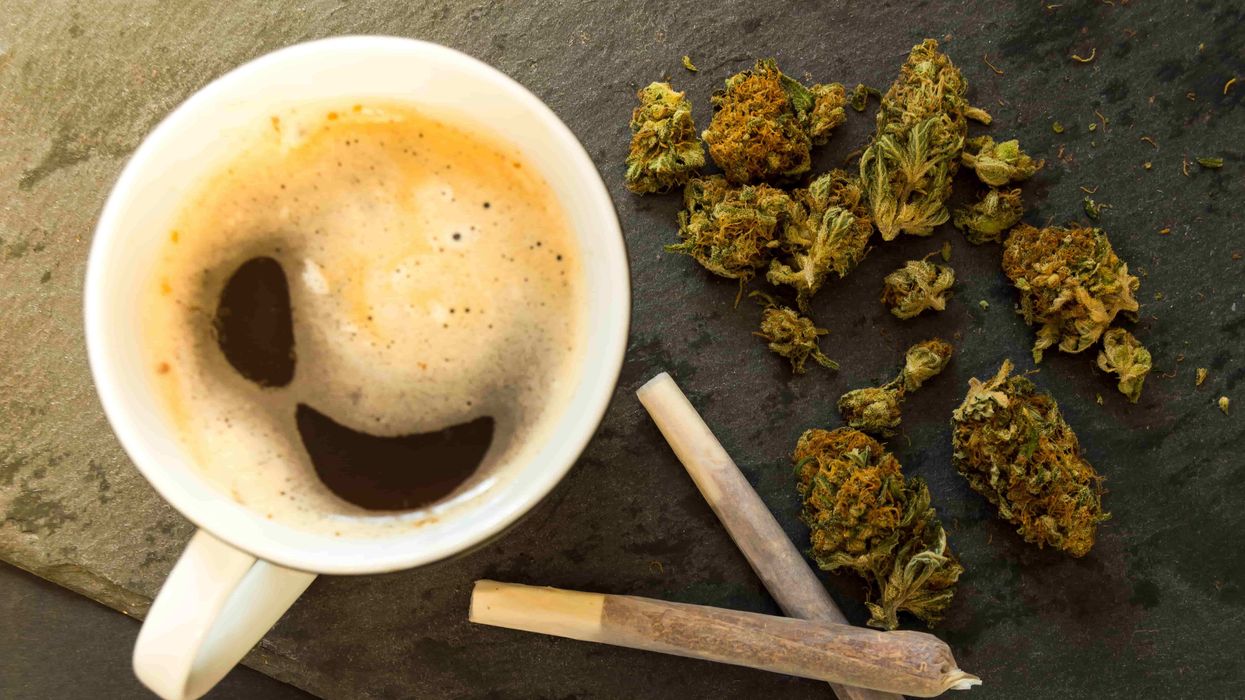
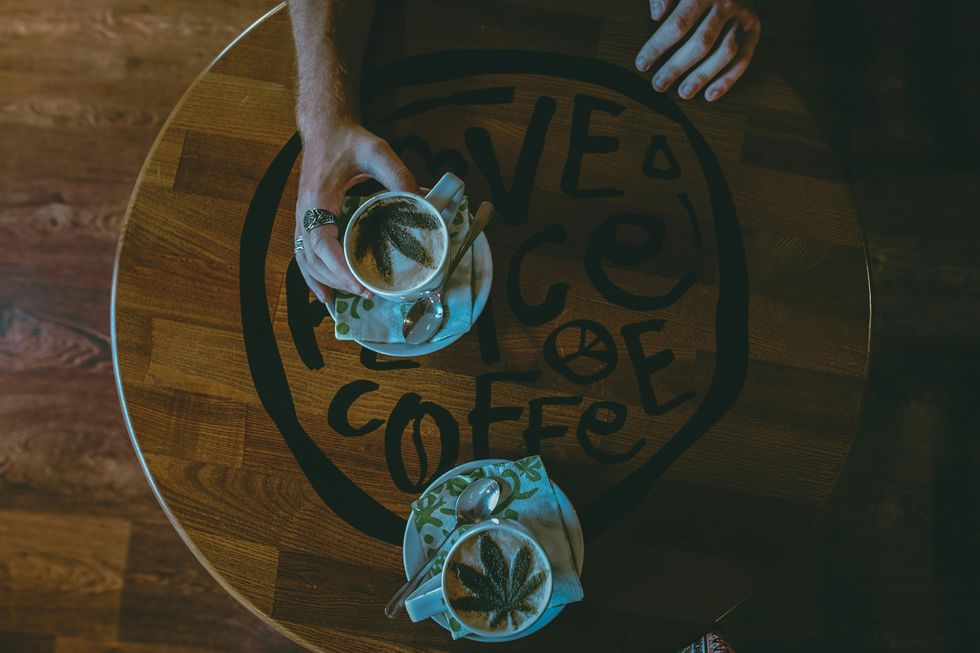 Coffee & Weed: A Modern Spin on the Hippie Speedball - The Bluntness
Photo by
Coffee & Weed: A Modern Spin on the Hippie Speedball - The Bluntness
Photo by 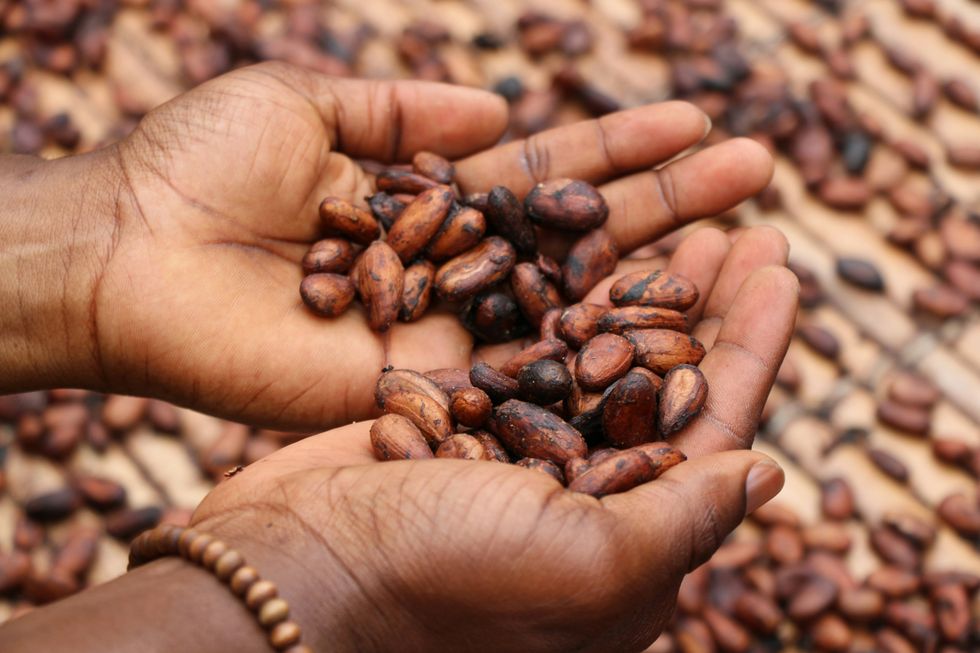 Coffee & Weed: A Modern Spin on the Hippie Speedball - The Bluntness
Photo by
Coffee & Weed: A Modern Spin on the Hippie Speedball - The Bluntness
Photo by 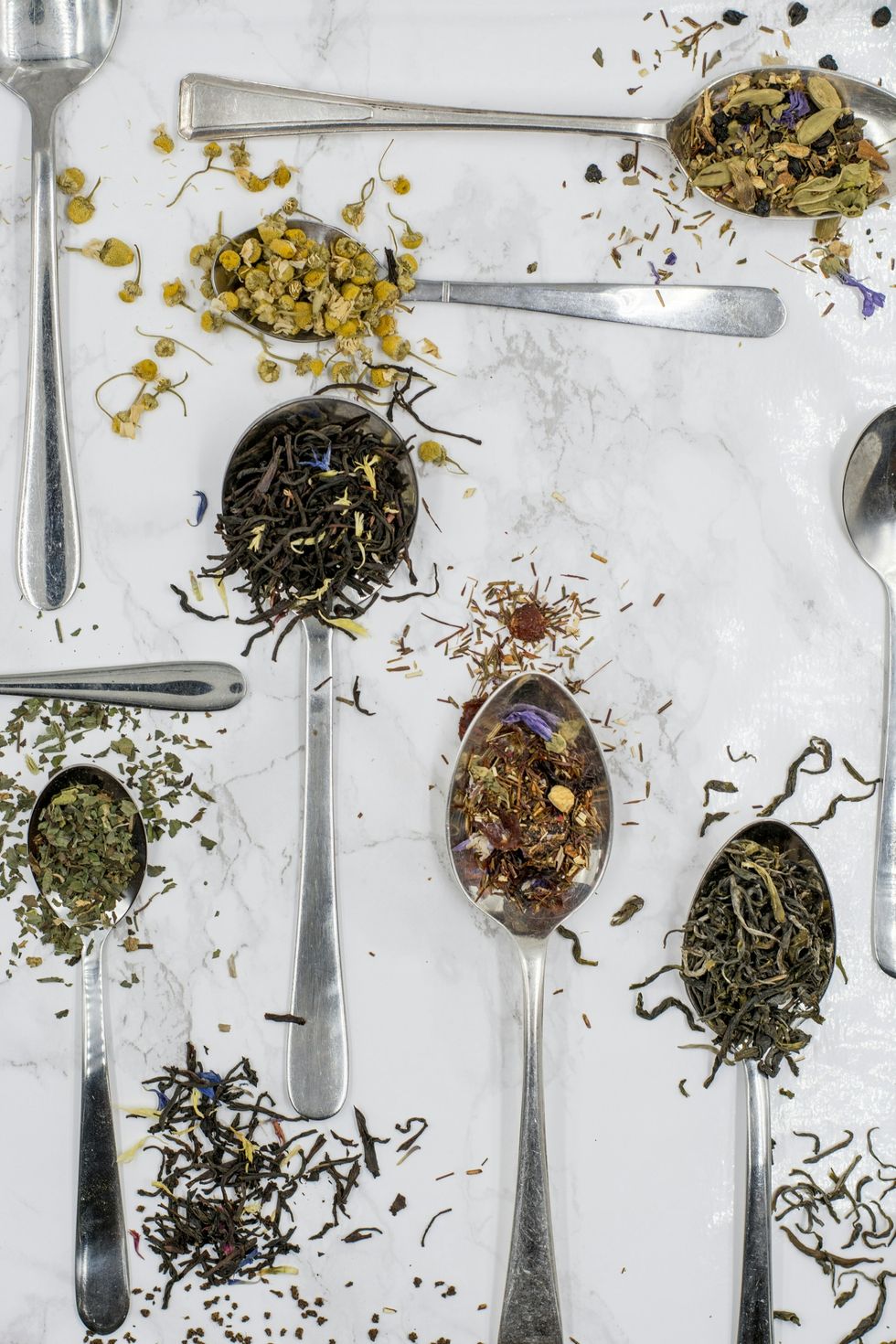 Coffee & Weed: A Modern Spin on the Hippie Speedball - The Bluntness
Photo by
Coffee & Weed: A Modern Spin on the Hippie Speedball - The Bluntness
Photo by 
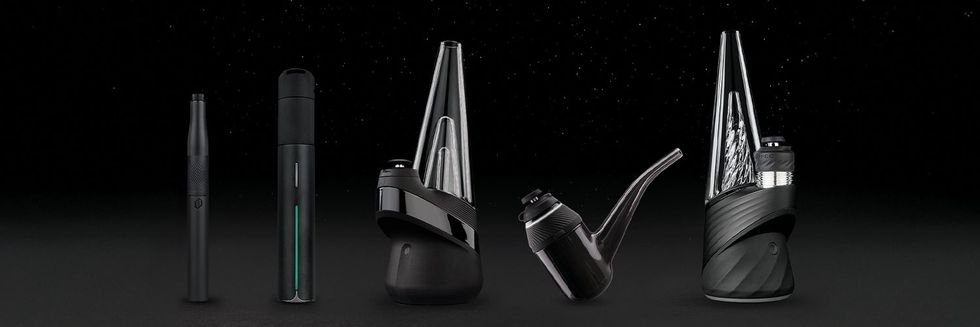 Puffco Pivot Review: The Ultimate Portable Concentrate Vaporizer - The Bluntness
Puffco Pivot Review: The Ultimate Portable Concentrate Vaporizer - The Bluntness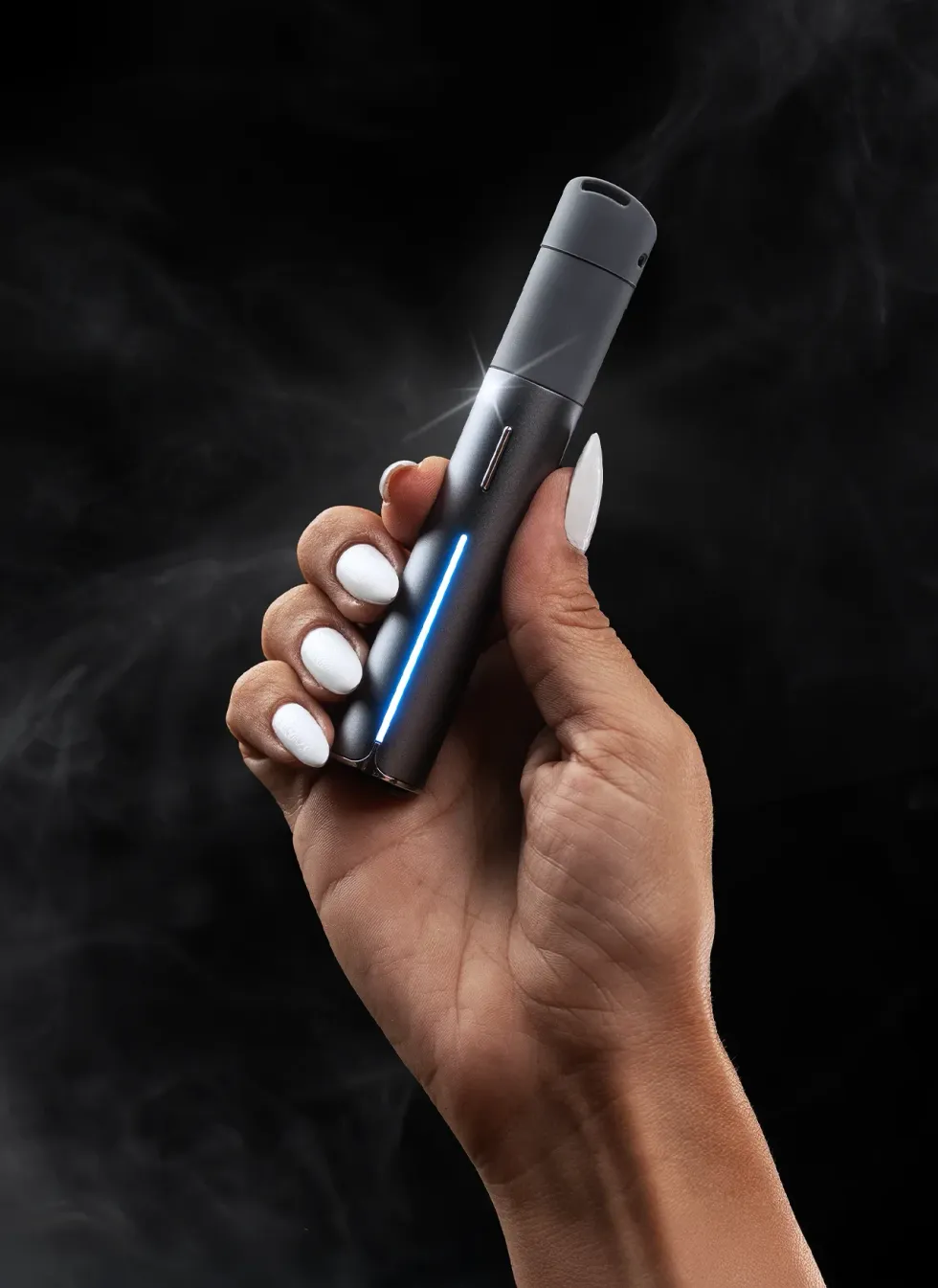 Puffco Pivot Review: The Ultimate Portable Concentrate Vaporizer - The Bluntness
Puffco Pivot Review: The Ultimate Portable Concentrate Vaporizer - The Bluntness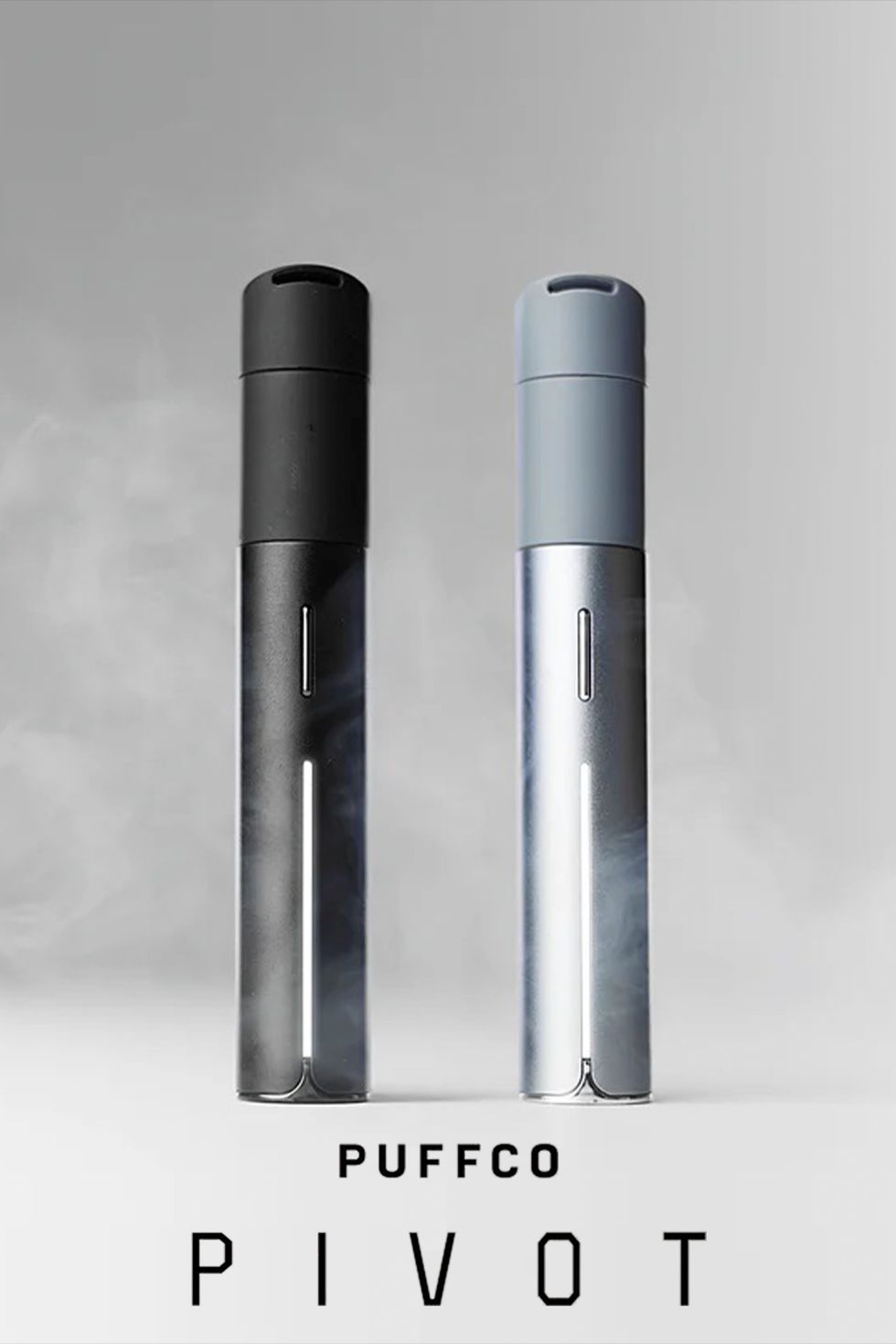 Puffco Pivot Review: The Ultimate Portable Concentrate Vaporizer - The Bluntness
Puffco Pivot Review: The Ultimate Portable Concentrate Vaporizer - The Bluntness
 What Are Psychedelics?
What Are Psychedelics?